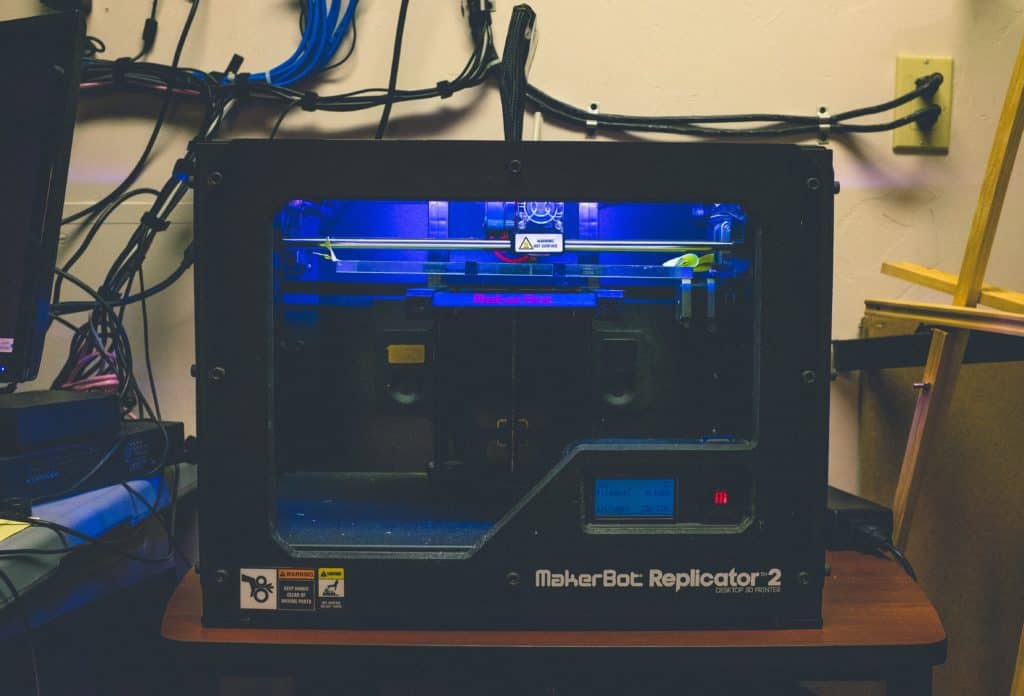This post may contain affiliate links, which means that we get commissions for purchases made through such links, at no additional cost to you. As an Amazon Associate we earn from qualifying purchases.
The question of whether you can over-cure resin prints or not is a controversial matter. Some people say there is nothing like over-curing, while some others say that it is better to over-cure than to under-cure. Yet, others say that over-curing will damage your resin print. Which of these is true? We have the facts on this subject and we will be discussing it in detail in this post.
Can you over-cure resin prints? If you leave resin print in your UV curing machine for more time than necessary, brittleness will set in. Anyway, over-curing is inevitable except you keep the resin printed part away completely from sunlight exposure. Sunlight emits UV, which continues to cure the resin print gradually over time (probably years).
Some resin manufacturers claim that there will be no change to their resin prints in brittleness. However, the personal experiences of many users have proven otherwise. Generally, resin prints become more and more brittle with time after you cure them. As you read on, you will understand why this happens. We will also show you why you should not worry about over-curing if you are using a UV resin dental filling.
What is Over-Curing?

Over-curing happens when UV continues to cure resin print even after it hardens enough for use. The first way this happens is if you keep your resin 3D print in the UV curing station for an extended time. The second way this happens is due to extended UV exposure from sunlight exposure, as well as other UV light sources.
So it seems that UV exposure can do two things to your resin print. It can harden it and make it more stable. But then, after the resin print reaches its optimal stability, UV exposure can begin to have negative effects on the resin print. In the section that follows, we will show you what UV does to resin print and how curing and over-curing happens.
How Is Curing Different From Over-Curing?
UV light polymerizes resins. This means that it makes newer and stronger chemical bonds to form in resins. This process cures resins. But after resin has cured completely, UV light begins to degrade the resins. As you read on, we will explain these two effects of UV light on resins.
The Photo-Polymerization Effect of UV Light Cures Resin Prints
Photo-polymerization is the first thing that happens when you expose uncured resin print to UV light. The photons from UV radiation complete the polymerization of bonds in the resin. This means that the molecules form stronger bonds as they cross-link to form a long network.
Photo-polymerization makes resins harder, more stable, and stronger until it reaches its optimum mechanical and aesthetic properties. Once this happens, you can describe the resin print as “fully cured”. If you are using a UV curing station, this could take 10-15 minutes. Sunlight, on the other hand, takes hours to fully cure resins.
The Degradation Effect of UV Light Over-Cures Resin Prints
UV light damages all organic materials, including resins. So if you use extreme UV levels while curing, it would degrade (or over-cure) your resin print and cause brittleness. Over-curing can also happen if you keep the resin printed part in your UV station for longer than necessary.
Using a resin print outdoors will not cause any significant degradation. But the effects can accumulate over years and cause brittleness. However, if you place your resin print on a window where UV radiation reaches it constantly, degradation will happen quickly. Under this condition, the resin print can become brittle within 3 weeks.
Remember that the degradation effect of UV light is not specific for resins. It happens with all organic materials. However, the degree of degradation differs from one material to the other. There are different types of resins with varying sensitivity to UV light. The UV-sensitivity of your material will determine how fast it will degrade under UV exposure and the wavelength that’s sufficient to cause degradation.
✅ Video – Can you leave 3D Prints outside? PLA in the sun for a year!
3D printed parts from PLA seem to be able to withstand sunlight UV exposure better than resins. But then, UV exposure still causes the degradation of PLA prints. Ultimately, UV exposure is the greatest enemy of any 3D printed part, regardless of whether you use resin or PLA.
Resin Hot and Smoking – Is This Over-Curing?
It’s not a problem if your resin is “smoking”. What you call smoke is actually vapor (or steam) escaping from the resin as curing is taking place. This is absolutely normal and does not indicate over-curing, so there is nothing to worry about. Just make sure that the area where you are curing your resin print is well ventilated.
UV curing dissipates energy from resins in the form of heat. And as heat escapes from the resin, it vaporizes moisture and causes steam to form. This gives the appearance of smoking and may confuse you to think that your resin print is “burning”. This is not so and shouldn’t be a cause for concern.
Can Dental Filling Over-Cure in My Mouth?
Over-curing resin should not be a cause of concern if you have a resin dental filling. Medical and dental science prioritizes the health and safety of patients. The measure of research and innovation in this field assures you that your resin filling is safe and won’t over-cure in your mouth. So if you have a resin dental filling, you should not bother about possible complications from over-curing.
In the past, dentists will put the resin filling and cure it in the patient’s mouth with UV light. But there have been a few reports where the UV light caused irritation or overheated the pulp. Nowadays, innovation in this field offers the possibility of curing resin fillings with blue light, rather than with UV light.
If you will have any concerns with resin filling, it should be about under-curing. Under-cured resin fillings are quite risky. Uncured and under-cured resin fillings can be toxic to the pulp. They can also cause restorative failure because the bonds in them are not strong enough. Fracture and recurrent caries are two major consequences of under-cured composites.
Related Questions
How Long Does It Take For UV To Cure Resin?
UV curing stations and lamps will cure each resin layer in 15 to 20 minutes. Sunlight cures resin more slowly and may take about 2-3 hours to fully cure your resin print. Engineering resins reach their optimum properties after about 1 hour of curing in a UV curing station. They will require several hours to fully cure under sunlight.
Engineering resins require a longer time to fully cure because they need great strength, heat resistance, and rigidity. And sunlight takes a longer time to cure resins because it only uses ambient UV radiation. More so, the UV wavelength depends on the weather condition per time.
We have a comprehensive post where we explained how long it takes for UV to cure resin in details. You can read it here.
Why Is My UV Resin Still Tacky?
The most common cause of tacky UV resin is under-curing. UV resins will be tacky if you cure them for just a few minutes. The resin may harden while curing is still yet to be complete, and one way to detect this is when there is still tackiness.
The best way to reduce the problem of tackiness is to cure the UV resin in layers or cure it slowly with weak UV light. But make sure to follow the recommendations for your specific application, if there are any. And then, after fully curing your resin print with UV light, wipe the printed part with a swab wet with alcohol. This should remove the tack and give you a fully-cured smooth and clear 3D part.
Will LED Light Cure UV Resin?
You can cure UV resin with UV LED flashlights and other LED light sources. The important thing is for the light to have a 4 watts LED wattage. But for optimum results, use one with 9 watts and above.
If you are using LED light to cure a resin print, make sure you mount the light in such a way that it’s directed at the resin print. You may also need to buy a solar-powered turntable to facilitate even curing.
Conclusion
This post has given a comprehensive answer to the question, can you over-cure resin prints? Yes, you can over-cure resin prints in three ways. First, if you use an extreme UV wavelength while curing. Second, if you cure your resin print for more time than necessary. Third, if there is extended sunlight exposure. These will over-cure resin prints because of UV degradation, which begins after curing is complete and the resin print reaches its optimum mechanical and aesthetic properties.
